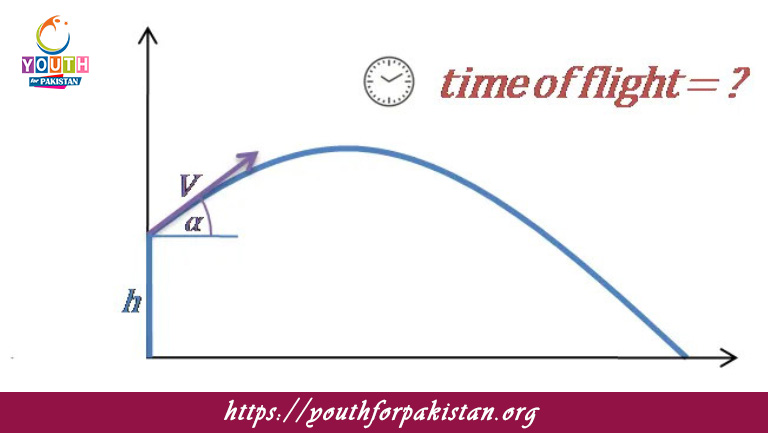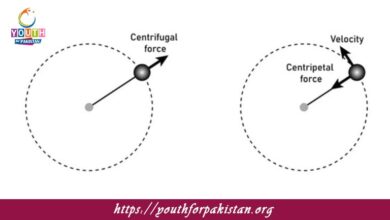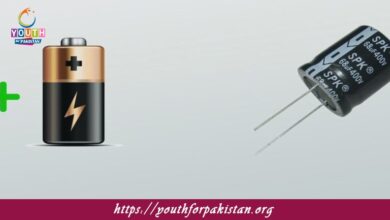Projectile Motion Time Off Light MDCAT Quiz with Answers

Projectile Motion Time Off Light MDCAT Quiz is the total time that an object is in the air after it is launched. This time is a very important part of projectile motion problems and is very vital for MDCAT students as it forms a crucial part of the physics section of the exam. The concept of how to find the time of flight is very important in solving problems involving horizontal range, maximum height, and other characteristics of motion. The time of flight depends on the initial velocity and the angle of launch, which determine how long the projectile stays in the air.
Calculating Time of Flight in Projectile Motion
The time of flight can be found using the vertical component of the motion, since gravity is the only force acting in the vertical direction. MDCAT students must understand this formula to apply it when solving projectile motion problems, allowing them to calculate the duration of time the object remains in motion.
MDCAT Quiz: Time of Flight Questions
This type of question is common in the MDCAT Quiz: projectile motion problems often ask how long a projectile is in the air. Some questions may be given with the initial velocity or launch angle or any other parameter, asking students to find the time of flight. For example, a common type of question could ask how long a ball is in the air when launched at a certain angle and with a specific initial speed. Only through proper decomposition of the motion into its vertical and horizontal components, along with the application of the appropriate formula, can such a question be answered correctly.
- Test Name: Projectile Motion Time Off Light MDCAT Quiz
- Type: Quiz Test
- Total Questions: 30
- Total Marks: 30
- Time: 30 minutes
Note: Answer of the questions will change randomly each time you start the test, once you are finished, click the View Results button.
Free Flashcards for Time of Flight in Projectile Motion
Using free flashcards on projectile motion, time of flight, can be very instrumental in MDCAT students’ revision. These flashcards can include the formula for calculating time of flight together with examples on how to solve problems related to this topic. Through regular review, students are able to retain the information and enhance their ability to quickly and accurately solve the time of flight questions during the MDCAT Quiz. Incorporating flashcards in a study plan is going to increase student preparedness and thus boost their confidence in answering questions that relate to projectile motion.

The total time of flight for a projectile depends on __________.
initial velocity and angle of projection

For a projectile launched at an angle, the time of flight is given by __________.
T=2usinθgT = frac{2u sin theta}{g}T=g2usinθ

When a projectile is launched vertically upwards, the time of flight is __________.
twice the time to reach maximum height

For a projectile launched horizontally, the time of flight is equal to __________.
2hgsqrt{frac{2h}{g}}g2h

The time of flight of a projectile will increase if the __________.
height of projection is increased

The total time of flight is the time taken for a projectile to __________.
return to the same vertical level

For complementary angles of projection, the time of flight __________.
differs if the velocity is the same
Experience the real exam environment with our expertly designed collection of over 25,000 MCQs MDCAT Mock Tests.





